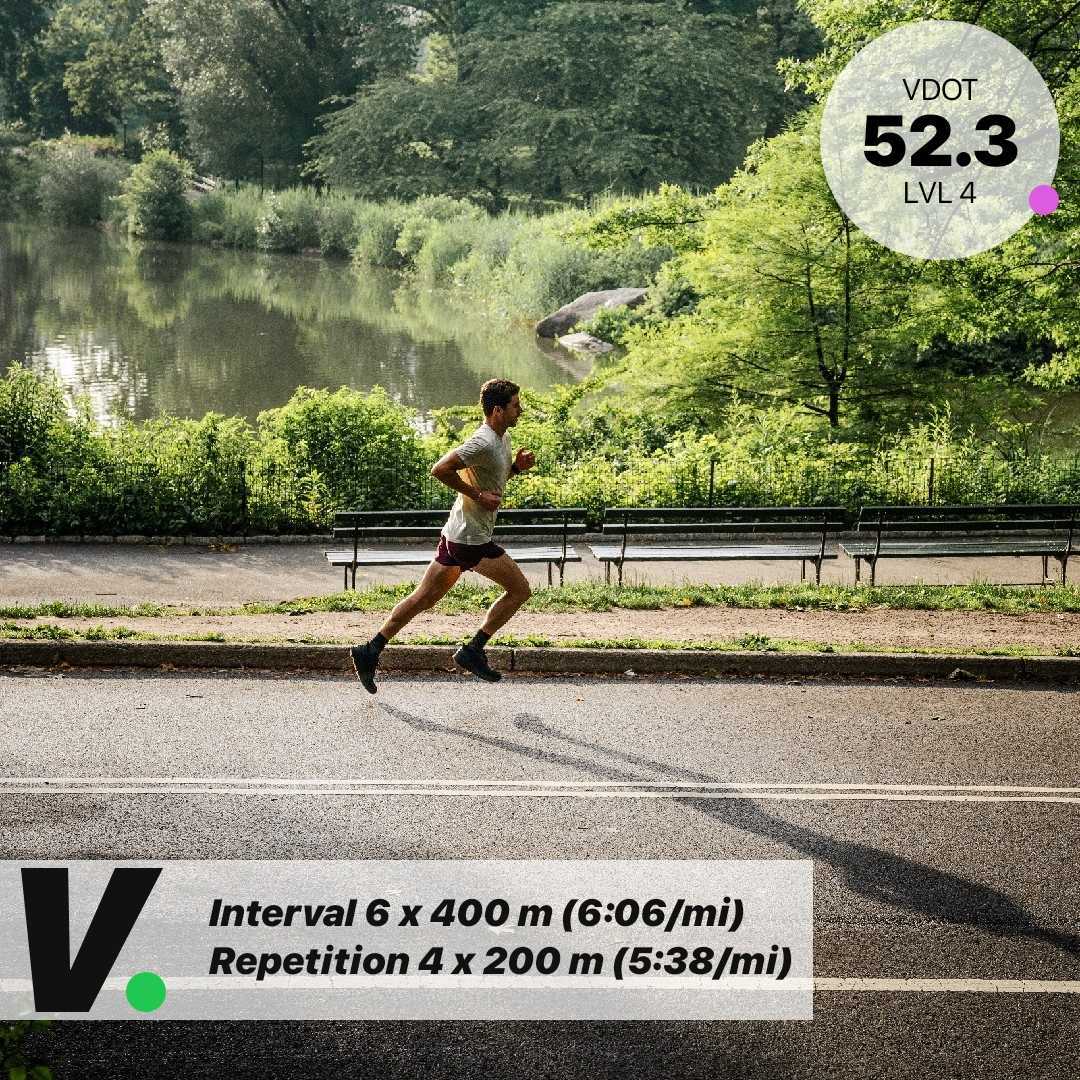We often talk about different speeds, or intensities, of running, and it is desirable to understand the degree to which different intensities stress the body and improve performance. Below are the different intensities of running that are built into the V.O2 app and what they are designed to benefit.
Easy Pace
Easy running is run at a very slow pace because of your current state of fitness or terrain and weather conditions. Think of Easy running as referring to an intensity that is “conversational” in nature, meaning, you’re able to carry on a normal conversation with a friend throughout the run. Easy runs do a great job of strengthening the heart muscle and improving the running muscle fibers’ job of providing energy for the muscles that are doing the work.
Relative to a hard 100% effort, Easy runs are more in the range of 60-80% effort, and I don’t believe that it is necessary to be at least 60% as some days, or for some newer runners, less than 60% is OK. Easy runs include warm-up, recovery, easy-day runs and long runs. Try to keep your long runs from being longer than 25-30% of weekly mileage, or 150 minutes, whichever is the lesser amount.
Marathon Pace
Marathon running is an intensity of running that is equal to the run speed you anticipate maintaining in the upcoming marathon race you are preparing for. It is probably best to wait until you’re further along in your training program to ensure you’re ready for true Marathon runs. Always remember that running speed may vary some from work load, based on variations in terrain and weather. Marathon pace is typically at an intensity that is felt to be about 75--85% effort. Make the maximum duration of Marathon runs the lesser of 20% of weekly mileage and 18 miles.
Threshold Pace
Threshold running is the intensity at which you perform steady-state runs or cruise intervals (often repeated 1-mile T-pace efforts with brief rests between work bouts).The proper intensity is about 83—88% effort, and at an intensity that could be raced at for almost 1-hour under ideal racing conditions. Always remember that speed of Threshold runs may vary over hilly terrain or windy conditions and that going too hard may not be any better than performing at true pace. The purpose of Threshold running is to increase endurance (your body’s ability to clear blood lactate). In general, figure a steady 20-minute Threshold run is long enough or a total of about 10% of your weekly mileage is good for one session, but higher-mileage runners can total even more.
Interval Pace
Interval running involves alternate bouts of hard and easy work. I-training improves aerobic power, so the intensity should be “hard” but not greater than a workload associated with VO2max. VO2max is associated with the speed at which you would race a distance that requires about 10--12 minutes of effort. The duration of workbouts should be 1-5 minutes, with active recovery times equal to, or slightly less than, the preceding workbout (e.g. 3-minute Interval, 2-minutes rest). Interval training challenges, and improves, both central (oxygen delivery) and peripheral (use of delivered oxygen) factors to provide energy for the exercising muscles. Total running of an Interval session should not exceed the lesser of 8% of weekly mileage and 10k (whichever comes first).
Repetition Pace
Repetition running involves repeating relatively-short (up to 2-minutes) workbouts, at about 1500m or mile race pace, followed by a feeling of full recovery after each workbout. The main idea with Repetition training is to improve speed and running economy, so in order to achieve the muscles need to be well recovered to run economically. In one session, limit the amount of running at Repetition pace, to the lesser of 5% of weekly mileage and 5-miles, whichever comes first.
Fast Repetition Pace
Fast Repetition running is a faster version of Repetition training and is primarily useful for runners who regularly race 800 meters, which includes those who concentrate on 400m and 800m races and others who mainly race 800m and 1500/mile distances. The speed of FR runs is equal to the speed used in current 800-meter races, but not as fast as future anticipated 800m race speed. The benefits of FR running are improvement of economy at a faster speed and stressing the body’s anaerobic function. FR pace should be about 3-seconds per 200m faster than usual Repetition pace and need not be longer than about 60-seconds (but may be up to 90-seconds for elite 800m runners). Take full recovery following each FR. Do not total more FR running in a workout than the lesser of 2% of weekly mileage, 7-minutes, and 3000 meters, or whichever comes first.
Strides
Strides are runs that last about 20-seconds each and are run at a subjective feeling that approximates Repetition pace running. Take at least 60-seconds rest between Strides, or enough time to feel light, quick and relaxed on each stride. Strides are not meant to be "sprints” and are designed to help improve economy and aid the recovery process.
Strides are typically associated with a warm-up prior to a Quality Session or Race. It is good to limit Strides to last no more than about 15-20 seconds and with full recovery following each faster run. Also, consider adding a set of Strides to the middle or end of some Easy runs and during a cool-down following Marathon, Interval and Threshold sessions. Actually, it is good to add some full Repetition runs to the end of Threshold sessions, but at least some Strides.
If you have any questions about the VDOT running intensities or how to create workouts on your calendar please email info@vdoto2.com.
